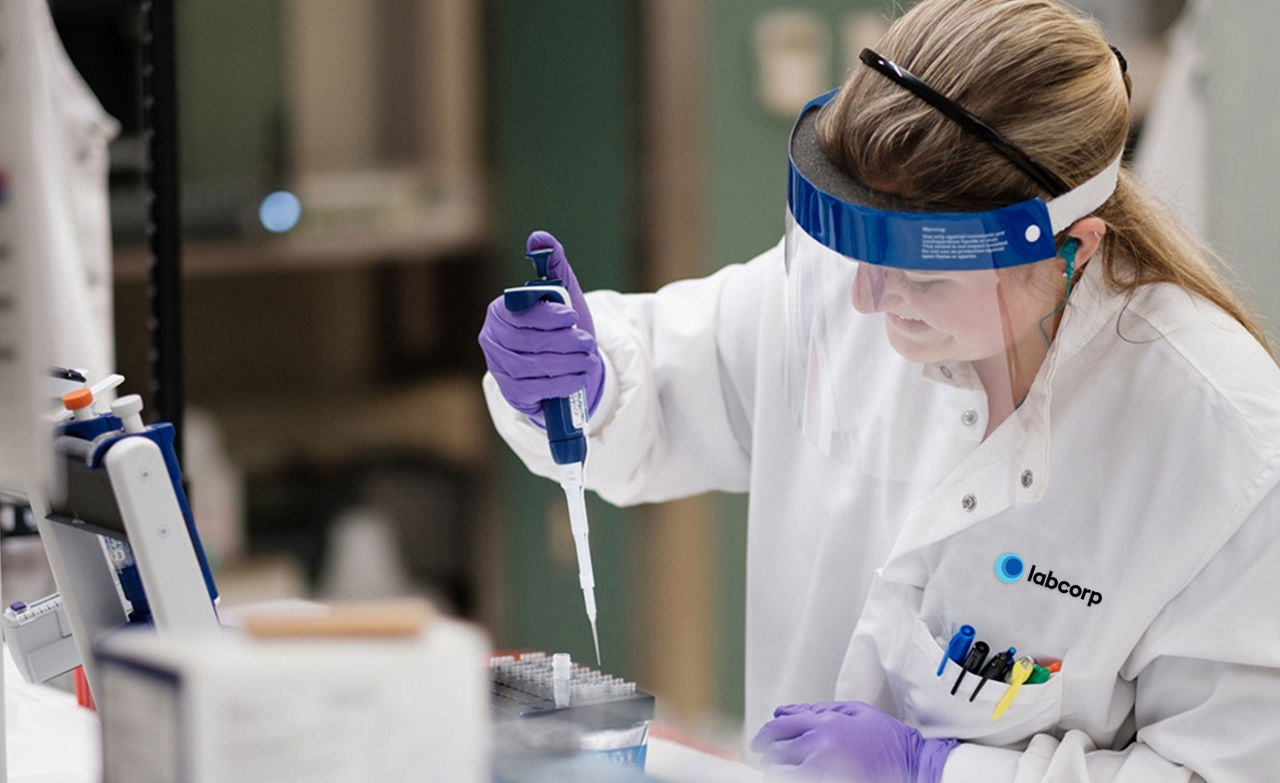Our capabilities: we are leveraging 3D cell culture technology to enhance your preclinical research
Predictive Oncology® patient-derived, organ-specific, tumor-specific 3D culture platform is essential in obtaining accurate clinical response data
Our mission is to reduce the failure rate of candidate anticancer drugs in clinical trials by providing our clients with access to advanced tumor-specific 3D in vitro models. We continue to invest in innovative technology that improves oncology drug discovery and research. Predictive Oncology® 3D in vitro models provide us with a new tool that produces more reliable outcomes for early evaluation of responses to oncology and immuno-oncology therapies.
These unique cell culture models provide 3D reconstruction of human tissues, accurately representing each disease state and providing an environment in which you can more realistically simulate the drug responses you would expect to obtain in vivo. This comprehensive 3D culture platform integrates organ-specific cellular and extracellular elements to maintain the critical interactions between a tumor and its surroundings. This technology allows you to eliminate ineffective compounds early in the drug development process and move forward with promising candidates.
What can our use of the Predictive Oncology® organ-specific 3D culture models offer you?
Results obtained from Predictive Oncology® models display a high level of correlation with clinical response. This means it can help reliably predict the potential clinical outcomes of your potential therapeutic agent in a range of cancer models and tissues. Features of the Predictive Oncology® model include:
- 3D spheroidal models of cancer cell lines derived from solid tumors and hematological malignancies (Table 1)
- Patient-derived models from primary tumors grown in a 3D ECM for indications such as acute myeloid leukemia and multiple myeloma
- Co-culture/multi-compartment models: for example, the reconstructed metastasis (r-Met) multi-compartment model is the only available model that provides access to the metastatic cell population for target discovery and drug testing
- Fully customizable to the tumor and tissue of interest: it is compatible with multiple cell types, drug classes (including small molecules, antibodies, antibody-drug conjugates (ADC), immunomodulatory agents, CAR-T cells, etc), and downstream analysis methods


